7 Mars Mysteries
Here are 7 Mars mysteries you probably didn't know.
- Mars is two faced: Scientists still don't know why martian hemispheres are so different. The northern hemisphere of the planet is smooth and low. It is among the flattest, smoothest places in the solar system and this is probably made by water once flowing on surface of Mars . Meanwhile, the southern half of the Martian surface is rough and heavily cratered.

- Methane Mystery : Methane is simplest organic molecule and much of the atmospheric methane is produced by life. Methane is suspected to be stable in the Martian atmosphere for only about 300 years, so whatever is generating this gas did so recently.
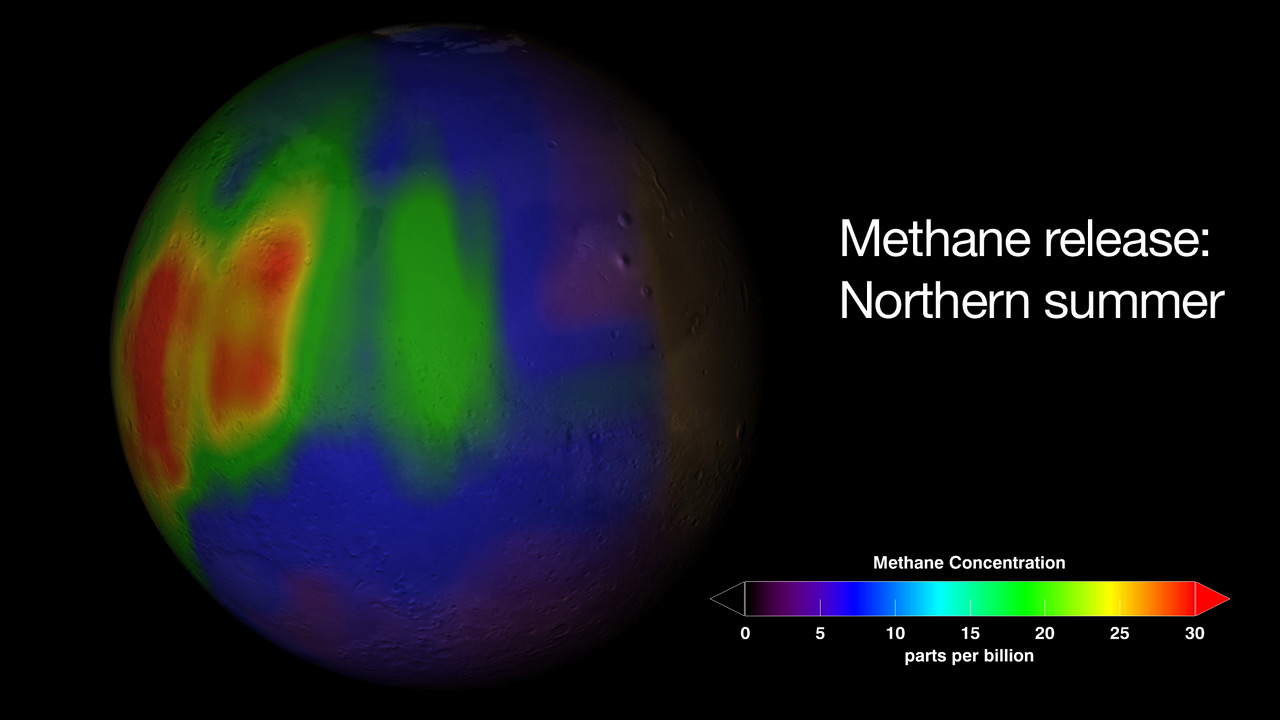
- Does Water Flow? - Large amount of evidence suggest that liquid water once flow on the surface of the planet , but it's open question if water flows now? Mars atmosphere is too low, about 1/100th of earth's. But narrow lines seen on Martian slopes hint that saltwater could be running down them every spring.

- Did Mars Have Oceans? - Lot of missions to Mars revealed that Mars was once warm planet with flowing liquid water. You can see valley networks, river deltas and minerals that required water to form. But current models cannost explain how Mars was warm back then when sun was weaker.
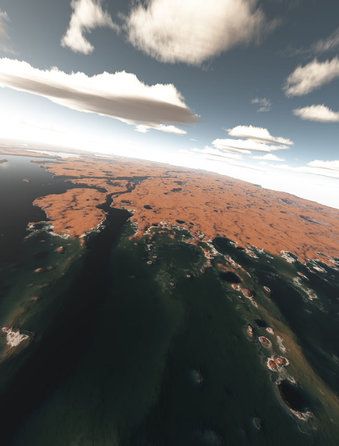
- Is There Life on Mars? - The first spacecraft to successfully land on Mars, NASA's Viking 1. Viking had detected organic molecules such as methyl chloride and dichloromethane. The surface of Mars is very hostile to life as we know it, in terms of cold, radiation, hyper-aridity and other factors but there are numerous examples of life surviving in extreme environments on Earth.
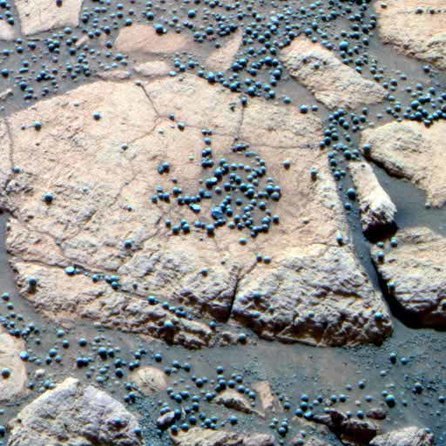
- Is Earth's Life from Mars? - Meteorites discovered in Antarctica that came from Mars blasted off the Red Planet by cosmic impacts have structures that resemble ones made by microbes on Earth. These findings do raise the tantalizing possibility that life on Earth actually originated on Mars long ago, carried here on meteorites.
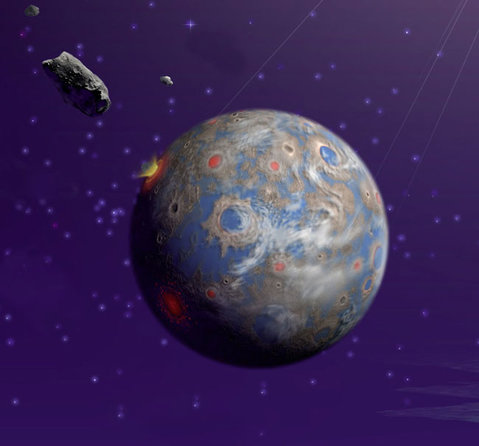
- Can Humans Live on Mars? - NASA's plan as of 1969 was to have a human Mars mission by 1981 and a permanent Mars base in 1988. However, interplanetary human voyages pose definite scientific and technological challenges. Biggest problems are food, water and oxygen, the deleterious effects of microgravity, potential hazards such as fire and radiation and the fact that any such astronauts would be millions of miles away from help and confined together for years at a time.
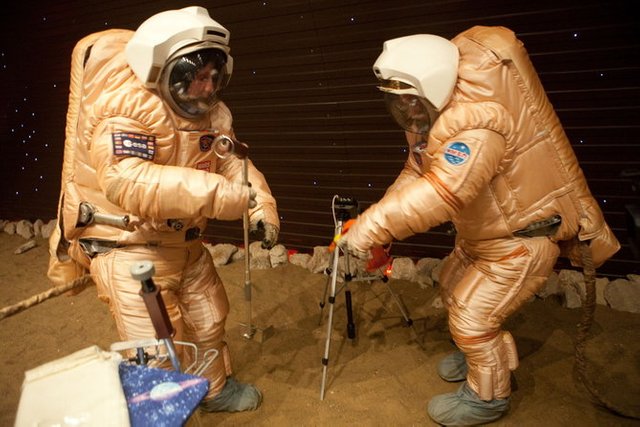
Were you pleasantly surprised that your post earned a few extra steem?
This post was chosen by the @steemiteducation team as a high quality education related posts. Keep up the great work! If you want to make sure the team sees your future educational posts, please make sure to include the #steemiteducation tag.
Also please consider searching the #steemiteducation tag yourself and support other quality education related posts with your vote.
Steem on!!!!